

The phrase “random acts of kindness” (RAK) is relatively well known and has been shared all over the world.
When you consider the times when you’ve practice random acts of kindness, what past practices come to mind?
I found myself thinking of this question as I wrote this blog because it’s a good question to ask, “When did I give of myself without expecting anything in return?”.
This piece has some really great resources and explanations of RAK’s and how to live it throughout your days.
Before you continue, we thought you might like to download our three Positive Psychology Exercises for free. These science-based exercises will explore fundamental aspects of positive psychology including strengths, values, and self-compassion, and will give you the tools to enhance the wellbeing of your clients, students, or employees.
A Random Act of Kindness is giving your best self to others without requests or promise of return on investment. It’s simply doing something nice for someone else, without them asking and without you doing it for anything in return.
Kindness is interesting, in that unlike an emotion such as happiness, or a feeling and action like gratitude, kindness is mostly a behavior or action.
Through years of experience, we each have been trained in our thoughts and perspectives of what kindness is, what it means, what the intention behind someone’s kindness is, so that it is often lost what the kind act is.
People are more likely (and it may be something in our genetic code that we’ve learned over the years) to give more to those with whom they have a closer relationship with than those that are of an acquaintance level (Burnstein, Crandall, & Kitayama, 1994; Cialdini, Brown, Lewis, Luce, & Neuberg, 1997).
People with certain job titles and duties or even roles in their social environment at home like helping professionals or parents may be expected to offer acts of kindness (Bryan, 2009; Davey & Eggebeen, 1998).
Gift-giving seems to induce expectation of reciprocity, or in other words, a social exchange and equity in a relationship are valued with gifts (Gouldner, 1960; Uehara, 1995; Clark & Mills, 1979; Thibaut & Kely, 1959; Walster, Berscheid, & Walster, 1973).

Enhance wellbeing with these free, science-based exercises that draw on the latest insights from positive psychology.
Download PDF
By filling out your name and email address below.
First, let’s define each of these terms. Kindness means being nice or offering the best of yourself to someone whether it be a minute, second, or longer.
Wellbeing is a bit trickier to define but in the simplest terms, it means “the state of being comfortable, healthy, or happy” (Google Dictionary). If we look at the research side of things, the CDC has a definition of wellbeing that is all-inclusive (CDC, n.d.).
In the most general sense, wellbeing is a positive outcome that is a determinant for people throughout all societies of how their lives are going (Frey & Stutzer, 2002; Andrews & Withey, 1976; Diener, 2000; Ryff & Keyes, 1995; Diener, Suh & Oishi, 1997; Veenhoven, 2008).
At a minimum, the fundamentals for wellbeing are adequate living conditions (e.g., housing, employment) (Frey & Stutzer, 2002; Andrews & Withey, 1976; Diener, 2000; Ryff & Keyes, 1995; Diener, Suh & Oishi, 1997; Veenhoven, 2008).
As the term “wellbeing” is used across disciplines, there is no consensus on the definition of wellbeing. At a minimum, there is an agreement across disciplines that wellbeing includes
(Frey & Stutzer, 2002; Andrews & Withey, 1976; Diener, 2000; Ryff & Keyes, 1995; Diener, Suh, Oishi, 1997; Veenhoven, 2008)
The wonderful part of random acts of kindness is that there are not only benefits to the receiver but also to the giver. When we break down the benefits, we need to first look at the emotions that are associated with random acts of kindness. An important note is that emotional responses are based on whether they are normative or non-normative distinction (Exline, Lisan, & Lisan, 2012).
Sources: Cassidy & Shaver, 2008; Mikulincer & Shaver, 2007; Keltner & Haidt, 2003; The Random Acts of Kindness Foundation, n.d; Stephen Post, Case Western Reserve University School of Medicine.
Research is just at the precipice of trying to understand the positive effects that random acts of kindness can give.
I have highlighted two studies I have found while researching this topic. Hopefully, this will give you more insight into the current understanding of kindness as an intervention and the multiple modalities it can be used in.
Researchers, Exline, Morck Lisan, and Lisan, looked at how reflecting on acts of kindness toward the self could affect emotions, generosity, and the role of social norms. For example, they asked, “How do people respond, in terms of emotion and behavior, when prompted to recall an act of kindness from another person?”
By carrying out two studies, these researchers were able to gather responses based on whether kindness was seen as normative – meaning based on past experience, and what behavior does that act of kindness fall in line. Their results showed that normative kindnesses were linked with more positive emotion and less negative emotion than non-normative kindnesses.
On the whole, these findings suggest that recalling normative kindnesses will increase mood or generosity.
Contemporary psychology is researching more and more on the impact that mindfulness meditation can have on a person. In this study, Hoffman, Grossman, and Hinton look at loving-kindness and compassion meditations to see how impactful they would be as an intervention.
There is evidence to show that using LKM and CM have an associated effect of an increase in positive affect and a decrease in negative affect.
In neuroendocrine studies, preliminary results are showing that CM may decrease stress-induced subjective suffering and immune response. “Neuroimaging studies insinuate that LKM and CM may improve activation of brain areas that are involved in emotional processing and empathy” (Hofmann et al. 2011).
The research and science on common outcomes, behaviors, emotions in positive psychology are increasing by the year. In 2010, the Harvard Business School conducted a survey on happiness in 136 countries. Through this study, they found evidence that people who were generous financially, like with charitable donations, were the happiest overall.
Christine Carter’s “Raising Happiness: In Pursuit of Joyful Kids and Happier Parents,” has found that giving of yourself to others can help protect your heart, literally. Giving can decrease your risk of heart disease.
In addition, it has been found that for people who are 55 years or older and volunteer, have their risk for dying early cut in half.
So, they have a “44% lower likelihood of dying early, and that’s after sifting out every other contributing factor, including physical health, exercise, gender, habits like smoking, marital status, and many more. This is a stronger effect than exercising four times a week or going to church” (Carter, 2011).
An example of how, just by thinking, our body will react physically to these impulses is by the idea of moving our right arm. When you physically do so, new connections are created in a part of the brain called the motor cortex. Now, just thinking about moving your right arm, and imagining moving it over and over again can actually make the muscles in this same arm stronger.
Because of thoughts about the arm, cellular changes can happen. This reinforces the belief that no matter what one is thinking about, chemical reactions occur in the brain and can, therefore, lead to structural changes. We can create millions of new connections in our brains just by thinking compassionate thoughts.
The structure of our brains can be formed by our emotions. All your inspirations, motivations, loves, fears, hopes and dreams, and even your typical body language are wired into your brain in the form of connections between cells. These connections become so extensive over time that they even wire into 3-D networks, or circuits, as they are often called.
Acts of kindness, then, find their way into the chemistry and structure of our brain. If kindness becomes a habit, we can significantly alter the wiring of our brain. In fact, as we will examine later the brain is already wired for kindness. But we are always adding to and changing that wiring.
Throughout life, as we learn new things, grow, change our minds and even change our habits, new networks of new brain connections are laid down and old networks unravel.
This neuroplasticity occurs right up until the very last seconds of our lives. One of the benefits of it is that it actually allows the brain to get over injury and disease, as healthy brain cells compensate for damaged ones by sprouting new connections to take over some of their communications or pass the information through the brain by a slightly different route. (Hamilton, 2010).
Your brain is wired in the form of connections between cells where over time all of your feelings, emotions, and body language is wired extensively into these circuits. Therefore we can change the wiring of our brain through simple acts of kindness becoming a habit in our everyday lives.
Our brains seem to be initially set up for kindness, but we alter and change that wiring by learning, growing, and modifying our minds and habits over time. As this happens, new connections are made and the ones that were already there can be reformed. This actually allows for healthy brain cells to overcome the damaged ones by passing information throughout the brain in different ways when we are injured or fallen ill.
How to cultivate Self-Compassion in 4 StepsNumerous studies have indicated that people tend to be kinder and more compassionate toward others than themselves.
Yet random acts of kindness should also include being kind and compassionate toward yourself.
Practicing warmth and understanding toward ourselves, rather than self-criticism, can significantly enhance our resilience and overall wellbeing (Neff & McGehee, 2010).
If you are motivated to develop self-compassion, follow these four steps. During this exercise, imagine a hypothetical scenario or reflect on a situation from your life. Pay close attention to the tone of your inner voice in each scenario, and write down your responses to these self-reflection questions.
With continued practice in showing compassion to yourself, it will gradually become more natural and ingrained in your behavior. So, the next time things don’t go as planned in your life, try treating yourself as you would treat a good friend and observe the positive outcomes that may arise.


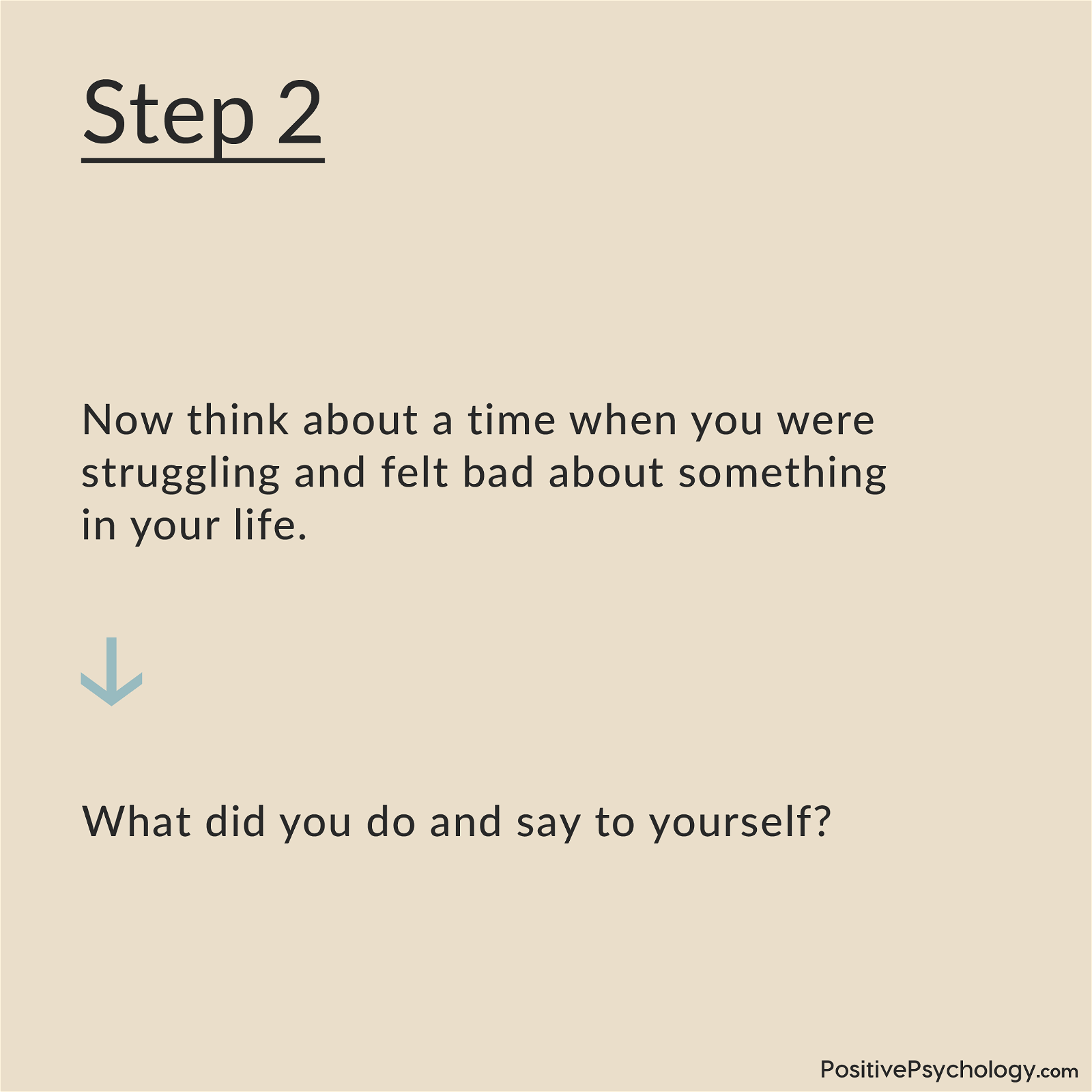
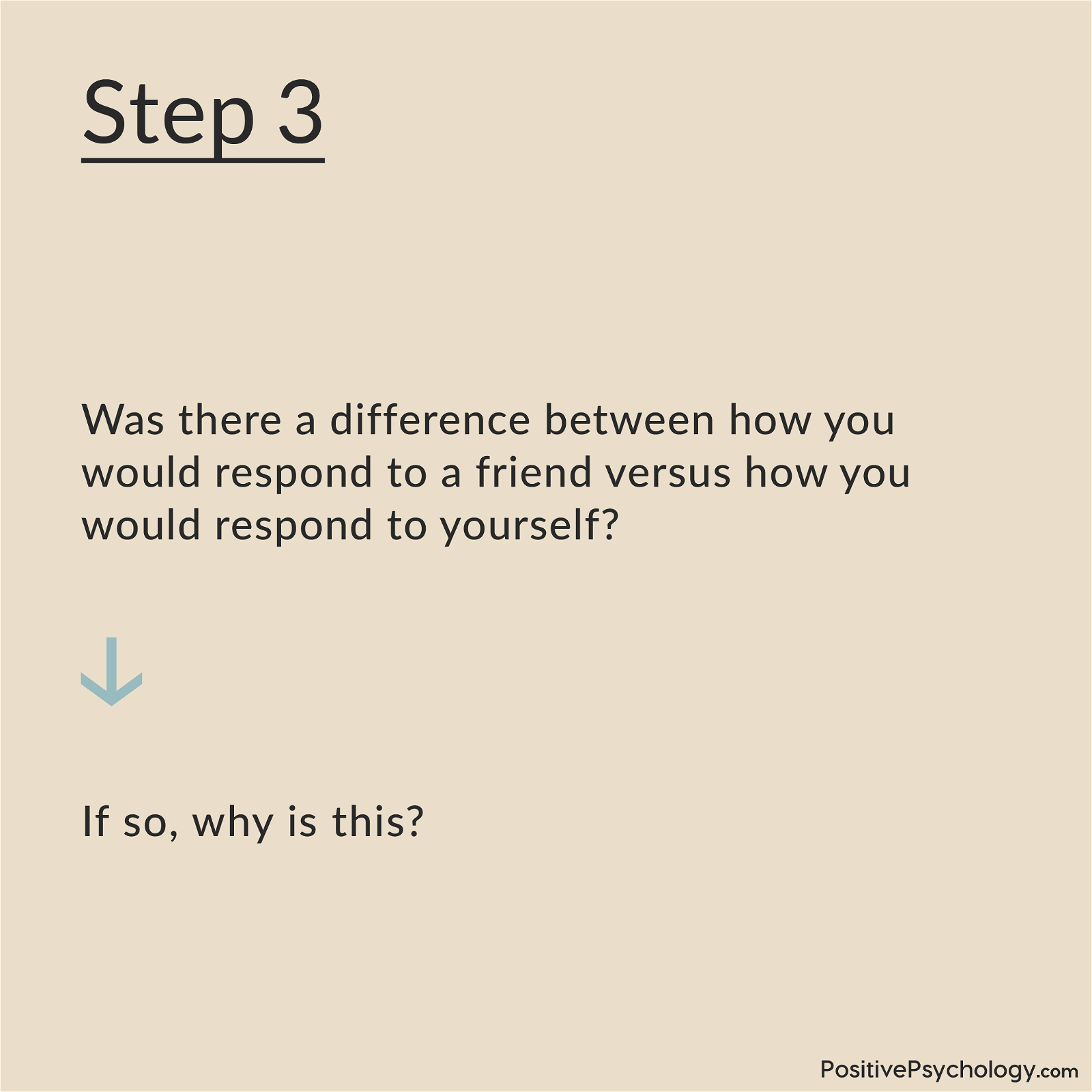
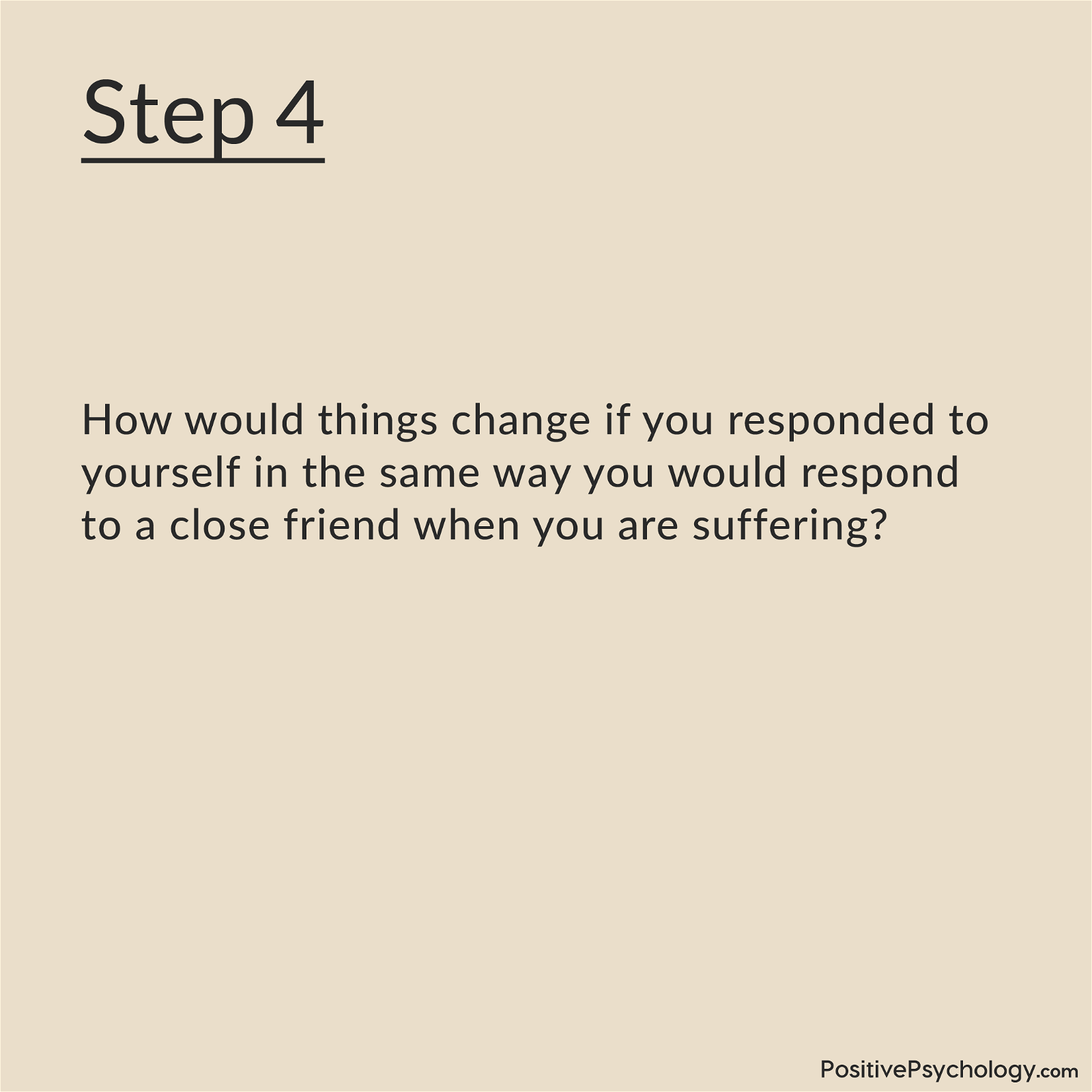
Unexpected Acts of Kindness can make ALL of the difference to everyone around. Included in kindness is not only compassion but acknowledgment.
At the root of every issue and every emotion is the need for acknowledgment, and it is what makes being human and living so beautiful.
We each are able to acknowledge one another in the simplest of ways that we are human, we are in need, and we are in awe of all that there is to appreciate amongst us.
The Random Acts of Kindness foundation offers ideas, inspiration, posters, videos, quotes, calendars, printables all centered on random acts of kindness. It is headed by its president, Gary Dixon; Vice President – Brooke Jones; Rachel Stubby is the Director of Digital Strategy; and Karina Delaney is the Director of Strategic Partnerships.
RAK foundation’s goal is to make kindness a standard in all aspects of life.
Random Acts of Kindness day is February 17.
Do 20 Random Acts of Kindness to celebrate.
Check out our lists below for inspiration.
As you’re reading the science behind kindness and living a positive life, make sure to think of your own daily routine. In your day to day, whom do you see or interact with? Spouse? Family? Friends? Co-workers? Or fellow bus or train riders?
Make the effort to reach out and show kindness to them as you have read throughout the article and/or will finish reading you can see there are emotional, physical and neurological benefits to kindness for anyone who puts this into practice.
Here are six great examples of Random Acts of Kindness. It’s so interesting to see how each of them are so different.
Check out this quick list of 6 Random Acts of Kindness Ideas I pulled together after searching the Internet for some of the most meaningful ones that you can do easily throughout your week.
Check out this list of 5 ideas for random acts of kindness
There are many ways to teach kids how to be kind and how to do it randomly. A great way of learning about kindness and the benefits for both the recipient and the giver is to practice it.
Here are ten ways that kids can practice random acts of kindness as stated from “100 Acts of Kindness for Kids” from the Cups and Crayons website.

The Positive Psychology Toolkit© is a groundbreaking practitioner resource containing over 500 science-based exercises, activities, interventions, questionnaires, and assessments created by experts using the latest positive psychology research.
Updated monthly. 100% Science-based.
“The best positive psychology resource out there!”
— Emiliya Zhivotovskaya, Flourishing Center CEO
Check out these awesome lesson plans for teachers. Included are great ways to integrate random acts of kindness into their student’s learning.
First, check out the Random Acts of Kindness official website to see all the great lesson plans they have for kindergarten to 8th grade. Each of the lessons teaches kids Social Emotional (SEL) skills.
Next check out Edutopia’s website, by Rebecca Alber. This is a great place to find classroom activities and resources for developing a vital character trait.
To get you started, scroll down a little bit to see the Kick-Start Kindness Activities. It provides students with prompts to share kindness to friends and family, and writing prompts, as well as how to do shout-outs, appreciation boxes, temperature checks, the buddy-system, and community circle.
I’ve collated some RAK activities and worksheets that you can share with your children or students.
This Worksheet Place has some fun Acts of Kindness worksheets, ideally used for First to Third Graders. There’s even a fun worksheet where the student can create a Kindness Poem.
Teachers Pay Teachers is a really fun site to find resources made by fellow teachers for other teachers. There is an option to digitally download free content. You can download worksheets, games, RAK calendars, and RAK challenges.
Here are some other resources to have fun with while learning and being kind:
The Doing Good Together site has some awesome resources. Some of the resources are Feelings flashcards and games, ways to include kindness into your family routine, and how to advocate for animals.
The Random Acts of Kindness website has some cool posters for your classroom, calendars, coloring pages, bookmarks, and even an award certificate for the student that shows kindness.
So many children have fun with this Kindness Advent Calendar, print it out and use when it’s Advent.
Check out these 12 apps recommended helping you practice kindness (Theifels, 2016; Goodnet.org, 2014).
Students take care of pets that are ailing from different diagnoses. They could be suffering from physical or emotional pain, and each needs help with tasks. Some of the tasks include feeding, or overcoming sadness. Ages 2-6.
You can get the app here.
Provides the kids with ideas for random acts of kindness like smile at 25 people, or pick up 10 pieces of trash. The students can do them together or individually, and set goals as they go. Ages 4-18.
This app has a variety of animals with a wide range of personalities. Kids can play dress up, feed the animals and share toys. The animals “react appropriately” to the choices that the child makes in the game, teaching kids how to recognize facial expressions. Ages 5 and under.
You can get the app here.
Four Little Corners is an interactive storybook app that teaches lessons on tolerance, equality, and compassion by integrating geometry. Ages 5 and under.
Peek-a-Zoo is a multilingual app that is based on the peek-a-boo game. It teaches the child about faces and facial expressions. Ages 5 and under.
Wee You-Things shares interesting stories on diversity, empathy, and confidence. It shows how it’s great to be unique, and “you”. Ages 5 and under.
Available here at iTunes.
DPS from the Social Express is for elementary-aged kids and helps kids identify and label emotions. DPS stands for My Digital Problem Solver. Ages 6+.
This app teaches healthy ways to handle issues unique to middle school. As you open the app you can see that 6 characters are with you to navigate throughout different social situations. There are quizzes, resources, and tips from other kids. Ages 8-14.
You can get the app here.
Is from the official app of the Global Pay it Forward movement that was designed to make the world a better place to live (5 Apps that will increase our kindness quotient).
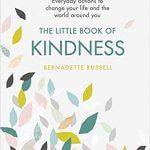
The Little Book of Kindness will teach you how to be kind to yourself, to strangers, to those you love, to the world – every day, at every opportunity.
Prompted by the seeming hopelessness of the world around her, Bernadette Russell undertook a pledge to be kind to a stranger every day for a year. The experience left her wanting to inspire others.
The Little Book of Kindness is packed with fun ideas, practical tips and interactive exercises that encourage you to ‘be kind’ in every area of life – online, to strangers, to the environment, in your community, to yourself – and change the world, one act of kindness at a time.
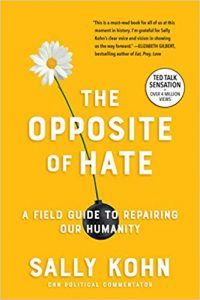
As a progressive commentator on Fox News and now CNN, Sally Kohn has made a career out of bridging intractable political differences and learning how to talk respectfully with people whose views she disagrees with passionately.
Her viral TED Talk on the need to practice emotional—rather than political—correctness sparked a new way of considering how often we amplify our differences and diminish our connections.

This unforgettable book is written and illustrated by the award-winning team that created The Other Side and the Caldecott Honor Winner Coming On Home Soon. With its powerful anti-bullying message and striking art, it will resonate with readers long after they’ve put it down.
Chloe and her friends won’t play with the new girl, Maya. Every time Maya tries to join Chloe and her friends, they reject her. Eventually, Maya stops coming to school.
When Chloe’s teacher gives a lesson about how even small acts of kindness can change the world, Chloe is stung by the lost opportunity for friendship and thinks about how much better it could have been if she’d shown a little kindness toward Maya.
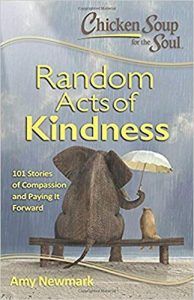
Small gestures can make a big difference in someone’s day, even someone’s life. This collection of 101 uplifting, true stories will help you see the beauty in small, meaningful gestures and how such acts can make a difference in someone else’s life.
From random acts of kindness to doing what’s right, this book shows how positive attitudes and good deeds can change the world.
This book shines a bright light on the widespread goodwill in our world as everyday heroes demonstrate acts of kindness, compassion, and commitment to others.
The stories in Chicken Soup for the Soul: Random Acts of Kindness will uplift you, inspire you, and brighten your day.